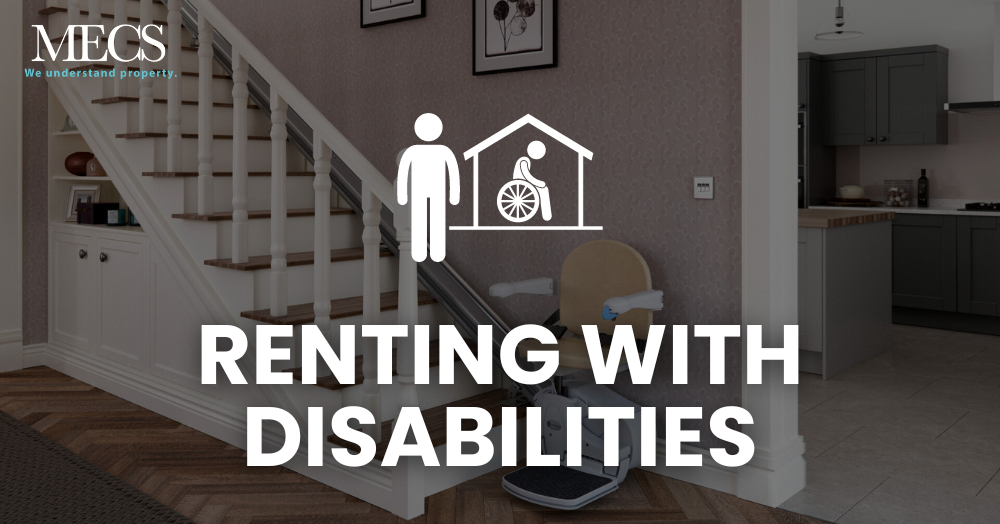Renting a home when you have a disability can present unique challenges, but it's essential to ensure that your living space is not just a place to stay but a place where you can thrive. Creating an accessible home involves thoughtful planning, effective communication with landlords, and sometimes, a touch of creativity.
Know Your Needs:
The first step in creating an accessible home is to understand your specific needs. Assess your mobility, sensory, or other requirements that might impact your daily life. This self-awareness will guide your search for a rental property and help you communicate effectively with landlords about necessary accommodations.
Communicate with Landlords:
Before signing a lease, have open and honest conversations with potential landlords about your specific needs. Discuss modifications or accommodations that may be required to make the home accessible. Many landlords are willing to work with tenants to ensure their living space meets their needs, but communication is key.
Check Local Laws and Regulations:
Be aware of local laws and regulations related to disability accommodations. Many regions have specific requirements for landlords to make reasonable adjustments for tenants with disabilities. Understanding your rights and the obligations of landlords will empower you to advocate for necessary modifications.
Evaluate the Property:
When assessing potential rental properties, consider factors such as entrance accessibility, door widths, ramps, and the layout of rooms. Pay attention to any potential barriers and discuss with the landlord how these can be addressed. The goal is to create an environment that allows you to move freely and independently.
Explore Assistive Technology:
Embrace the benefits of assistive technology to enhance accessibility in your home. From smart home devices to adaptive equipment, technology can play a significant role in creating a more comfortable living space. Discuss with your landlord the possibility of installing technology that aligns with your needs.
Request Reasonable Modifications:
Don't hesitate to request reasonable modifications to the property. This may include installing grab bars in the bathroom, ramps for entryways, or adjusting the height of shelves and countertops. Many landlords are open to making reasonable changes that enhance accessibility without significant structural impact.
Consider Temporary Modifications:
If permanent modifications are not possible, explore temporary solutions. Portable ramps, adjustable furniture, and removable grab bars are examples of options that can be installed without making permanent changes to the property. Discuss these temporary modifications with your landlord to ensure their approval.
Connect with Local Resources:
Reach out to local disability organisations and resources that can offer support and guidance. They may have information on accessible housing options, financial assistance programs, or recommendations for landlords who are known for accommodating tenants with disabilities.
Build a Supportive Community:
Connect with neighbours, building management, or local community groups. Having a supportive network can be invaluable, especially in emergencies or situations where you may need assistance. Open communication with those around you can foster understanding and cooperation.
Be Proactive and Advocative:
As a tenant with a disability, be proactive in advocating for your needs. Clearly articulate your requirements and work collaboratively with your landlord to find solutions. Being proactive can contribute to a positive landlord-tenant relationship and ensure that your home remains a space where you can thrive.
Conclusion:
Renting with disabilities comes with its challenges, but with thoughtful planning, effective communication, and a proactive mindset, you can create an accessible and comfortable home. By working with an agent who cares you will be able to have the best experience possible. So get in contact today!
0121 681 6327
info@mecsproperty.co.uk

